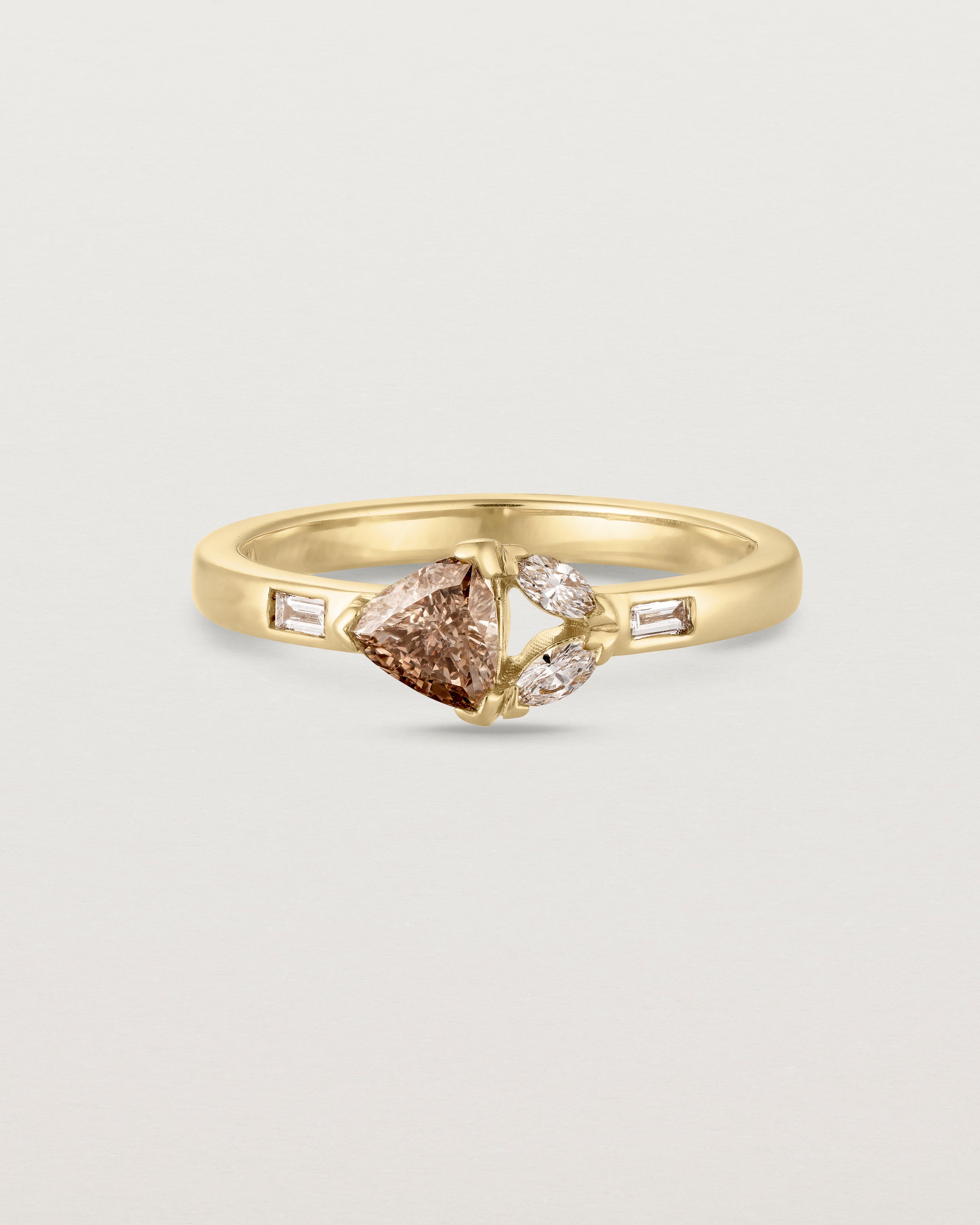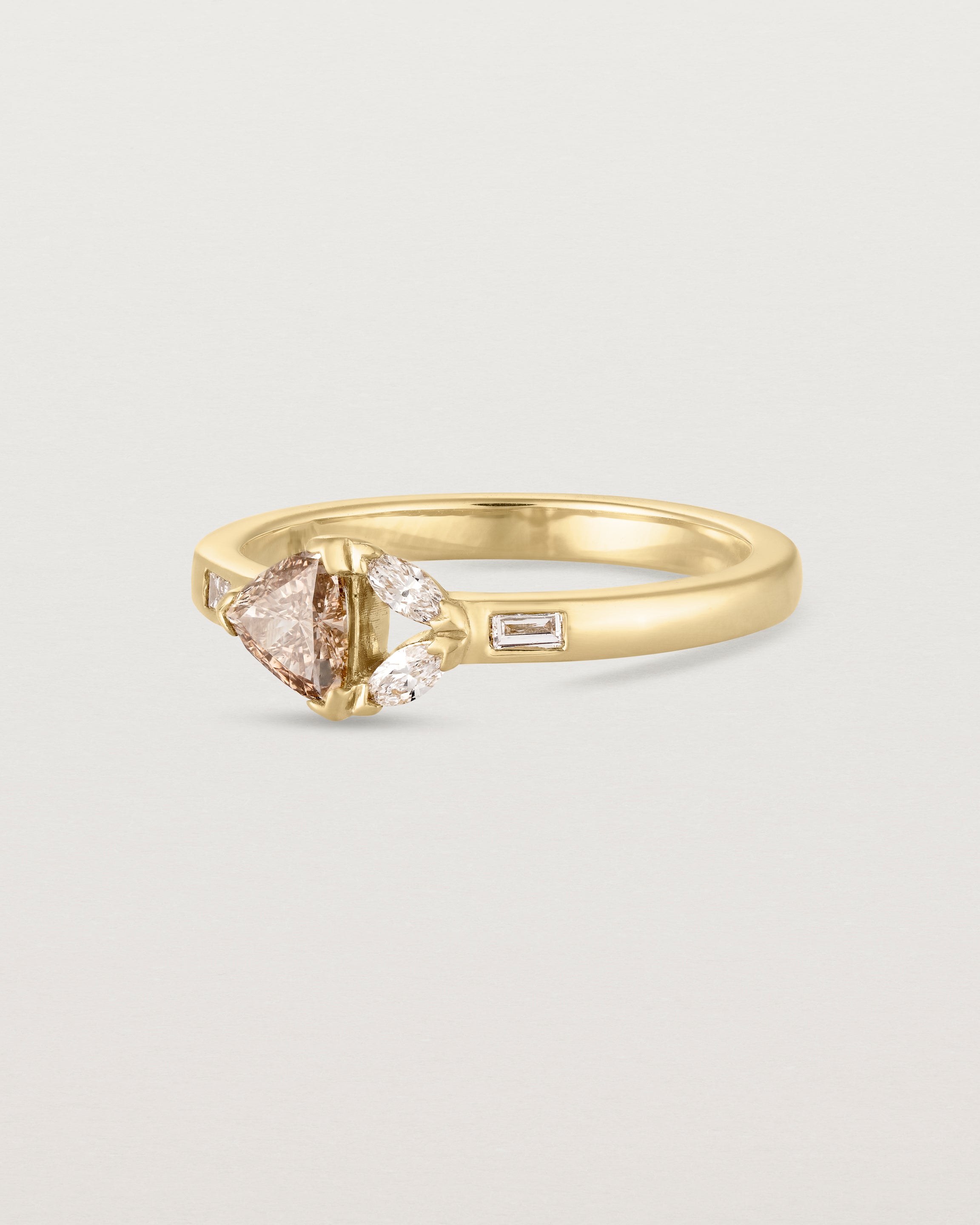Guide
Natural Diamonds: Conscious Sourcing
From the marquise diamond born of Louis XV’s love for his paramour to the mysteries of the Hope Diamond, these alluring and timelessly precious stones have captivated humankind for thousands of years. With a beauty that is so pure, and a quiet resilience, diamonds will forever remain the most revered stone, symbolising eternal love and strength.
Finding the diamond that is the perfect stone for your piece can feel daunting, but we have taken the time to distil the finer elements of what to look for. Whether you hope to find a natural diamond, or a laboratory grown diamond, or if you wish for a certain colour that resonates personally, we can assist in finding the stone that is perfect for you.
We pride ourselves in providing genuine, accurate information on what to look for in the ideal diamond.
Natural Diamonds: Conscious Sourcing
At Natalie Marie Jewellery, sourcing natural diamonds responsibly is an utmost priority. Our foundations for conscious diamond sourcing are rooted in the Responsible Jewellery Council’s guiding principles for supply chain management.
At the core of our efforts are strong partnerships with trusted suppliers, those known for their integrity and stringent quality controls, and these relationships have flourished over our decade in business. From early 2022, we began implementing a meticulous due diligence procedure to thoroughly vet each supplier we engage with or plan to enter into a relationship with. This process involves detailed inquiries about their supply chain, requesting policy and risk assessments, paving the way for open and transparent communication.
Conscious Sourcing Cont.
Through these robust procedures, combined with trusted relationships and clear communication, we create a solid foundation to assess our supply chain’s environmental and human rights impacts, ethical practices, and quality standards. This allows us to identify and address any potential risks. Suppliers unwilling to participate in these rigorous processes are promptly removed from our supply chain.
Our sourcing parameters are continuously refined to ensure that all natural diamonds over 0.30ct meet stringent quality criteria. Working exclusively with trusted suppliers, we certify that all stones of this size and above possess GIA certification or its equivalent, a World Diamond Council System of Warranties statement on their sales invoice, and a minimum grading of F in colour and SI1 in clarity. The diamonds must also exhibit exceptional gradings across cut, polish, and symmetry.
NATURAL DIAMONDS
Our Suppliers
NATURAL DIAMONDS
Certification
NATURAL DIAMONDS
Authenticity

GUIDE
The 4 C's
When it comes to choosing a diamond, there are many characteristics and quality factors that can determine the brilliance, sparkle and overall aesthetic impact of the stone. At Natalie Marie Jewellery we only work with the highest quality GIA certified diamonds and pride ourselves in providing genuine, accurate information on what to look for in the ideal diamond.
Summarised here in our Diamond Guide are the most important details we suggest to keep in mind when looking for the perfect diamond.
Most people recognise the 4C's, a simplified grading system developed in the 1950's to make the selection process in relation to the overall aesthetic and quality of a diamond. These are Carat, Cut, Colour and Clarity.
Diamond Shape
When choosing a diamond, the first decision to bemade is what shape you prefer. Diamonds comein a wide range of shapes, with the most popularbeing a round brilliant cut – which most people willrecognise as the classic shape for a solitaire stylering. Other common shapes include oval cut,emerald cut, pear cut, marquise cut, cushion cut,radiant cut, princess cut and trilliant or trillion cut,along with other more unusual shapes, each withtheir own unique qualities to suit different stylesand preferences.
Carat
The carat of a diamond is the measurement used to determine its weight, with 200 milligrams making up 1 carat. This contributes to the size of the stone, although not all stones of the same carat weight have the same dimensions, as some appear larger or smaller from the top, while others can be larger or smaller from the side view. This is generally most noticeable in fancy shape stones such as oval and pear cuts, while round cut diamonds tend to follow more standard rules of proportion.
All else being equal, diamond price increases with carat weight, because larger diamonds are rarer and more desirable. However, two diamonds of equal carat weight can have very different values depending on the different quality factors that they present.
Cut
The cut of a diamond is not to be confused with its shape. Cut refers here to the quality of how it’s been cut, which is important in ensuring the maximum return of light back to the viewer’s eye. This return of light is the factor that fuels a diamond’s fire, sparkle and brilliance. Precise workmanship is required to cut a diamond so that its proportions, symmetry, and polish maximise its beauty. Cut grades are unique to round brilliant cut diamonds only, and do not apply to any other shape. The quality of cut is crucial to the diamond’s value, and at NMJ we work only with excellent cut round diamonds.
For fancy shape diamonds, which is the term applied to all other shapes outside of round, it is the polish and symmetry grades which determine the quality of the cut of the stone. A high quality fancy cut diamond will present very good to excellent polish and symmetry, whereas a round diamond should have excellent grading for both categories.
Colour
Colour refers to the natural body colour of a diamond and not to the reflection of spectral colours that flash when a diamond moves. Most diamonds naturally exhibit slight hints of yellow, brown, or grey, and so the less colour a diamond exhibits, the higher it’s value due to the rarity of colourless material. Colour quality is graded via an alphabetical system, ranging from D (colourless) to Z (light yellow). Each letter grade represents a range of colour and is a measure of how noticeable that colour is. To guarantee a high quality, bright white diamond NMJ source only from the colourless quality range, which are D, E and F grades.
FLUORESCENCE
The fluorescence of a diamond is an unfamiliar factor to many people, but it’s important to be aware of the fluorescent grading system when choosing a diamond. A stone that exhibits fluorescence will glow blue under ultraviolet light, which ranges from a faint, dull blue light through to a vivid, bright blue luminescence. The less fluorescence a stone has, the higher it’s value, and at NMJ we use only stones which have no fluorescence.
Clarity
The clarity of a diamond refers to the presence of inclusions within the stone. Practically all diamonds contain naturally occurring internal inclusions. These are generally either foreign materials, such as carbon or other minerals which were trapped inside the diamond as it has grown around them, or clear inclusions such as fractures and tiny imperfections in the structure of the diamond. The size, nature, location and amount of inclusions determine a diamond’s clarity grade and affect its value. The diamonds that we source at NMJ are strictly SI1 clarity and above, and we encourage prioritising a stone with no eye-visible inclusions to guarantee the best sparkle and fire. To ensure the best diamond we recommend a VS2 or higher clarity quality.
Our bespoke team are here to help guide you through the different quality factors, to answer any questions you may have and to offer genuine, honest advice which will assist you in making the choice that is right for you.
ENGAGEMENT
Bespoke Archive
Browse, feel inspired and fall in love. Here, we offer a glimpse inside our curated archive of bespoke designs. Though these particular pieces are not for sale, we hope they serve as a foundation for inspiration when approaching your own unique bespoke creation.
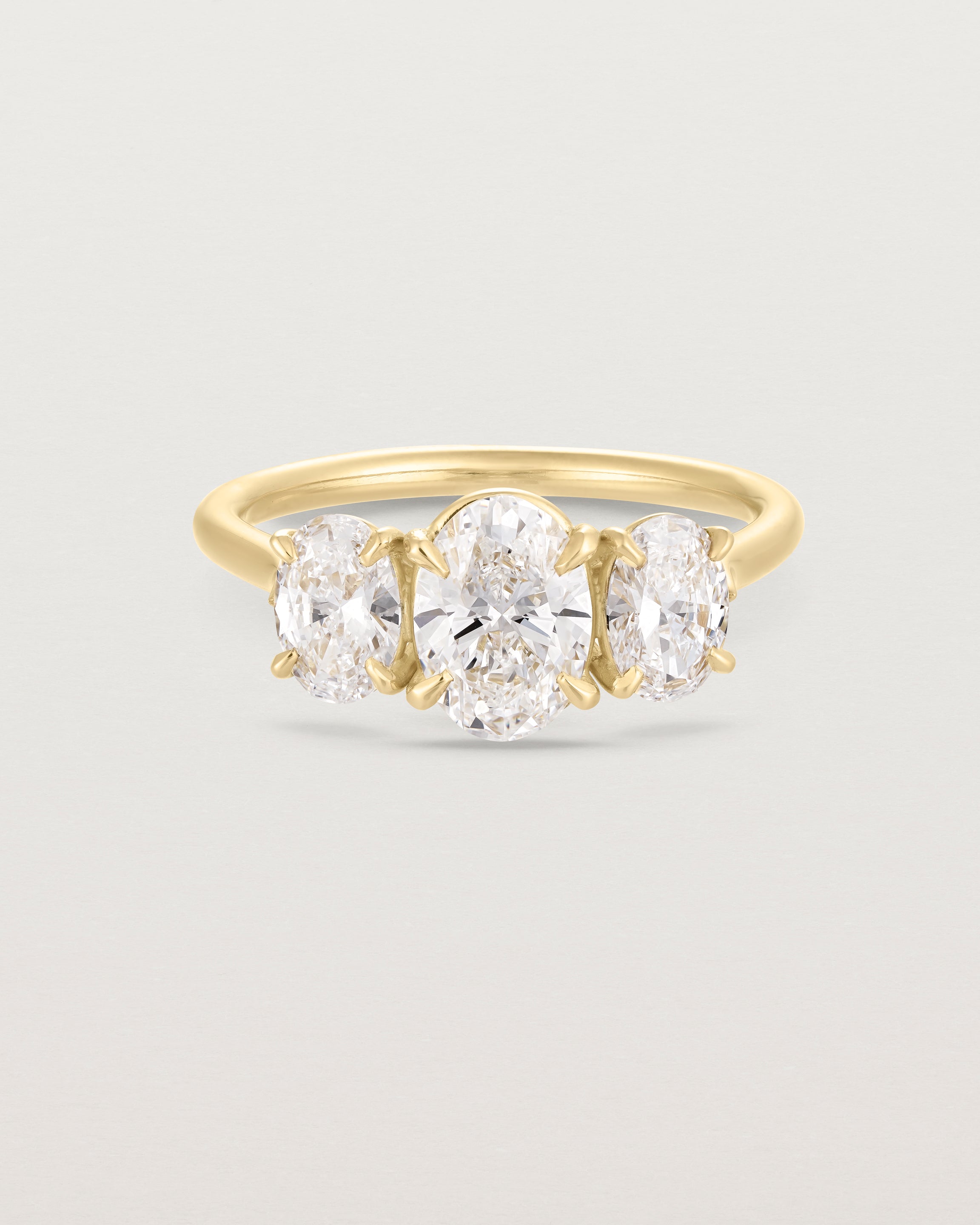
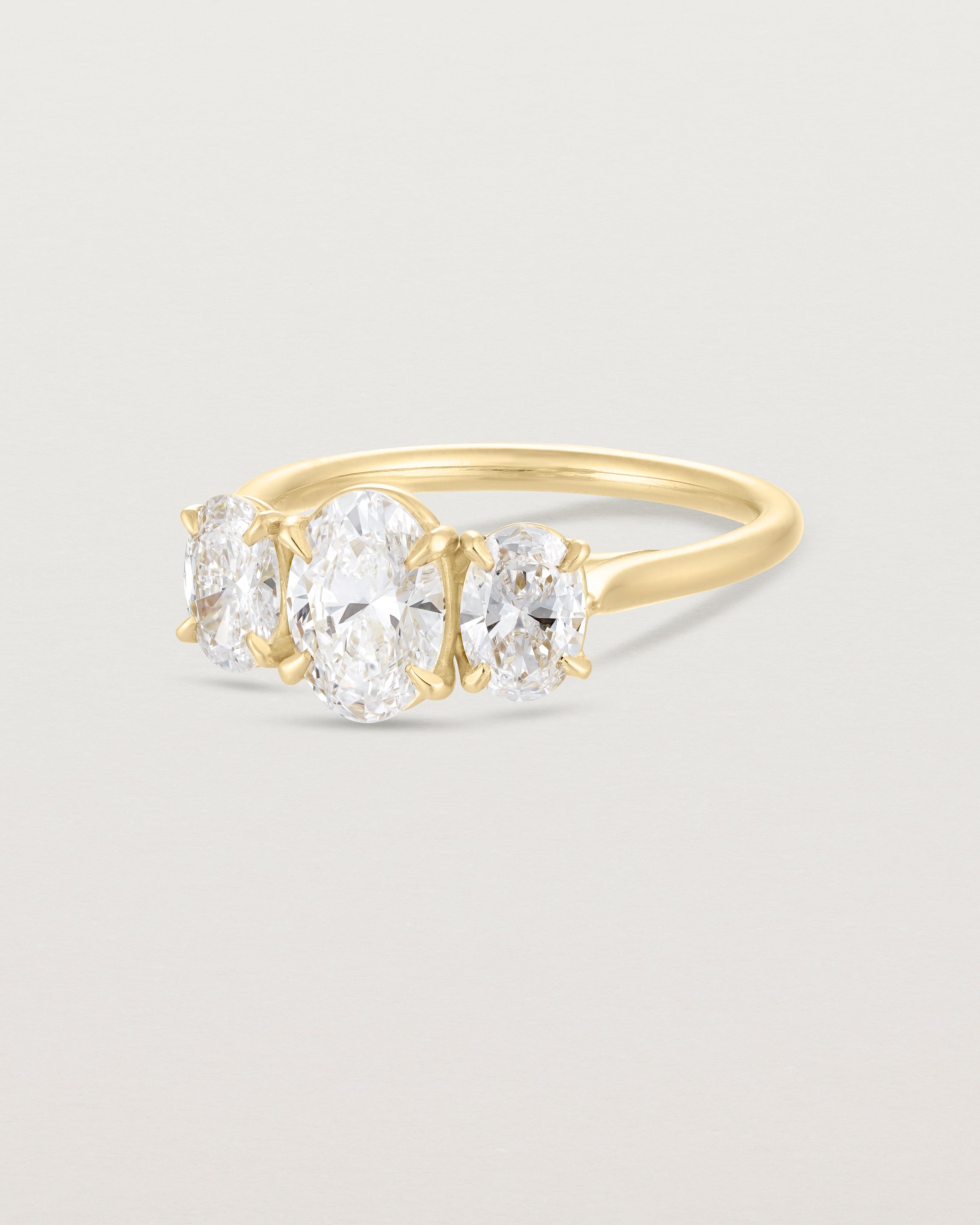
Bespoke 167
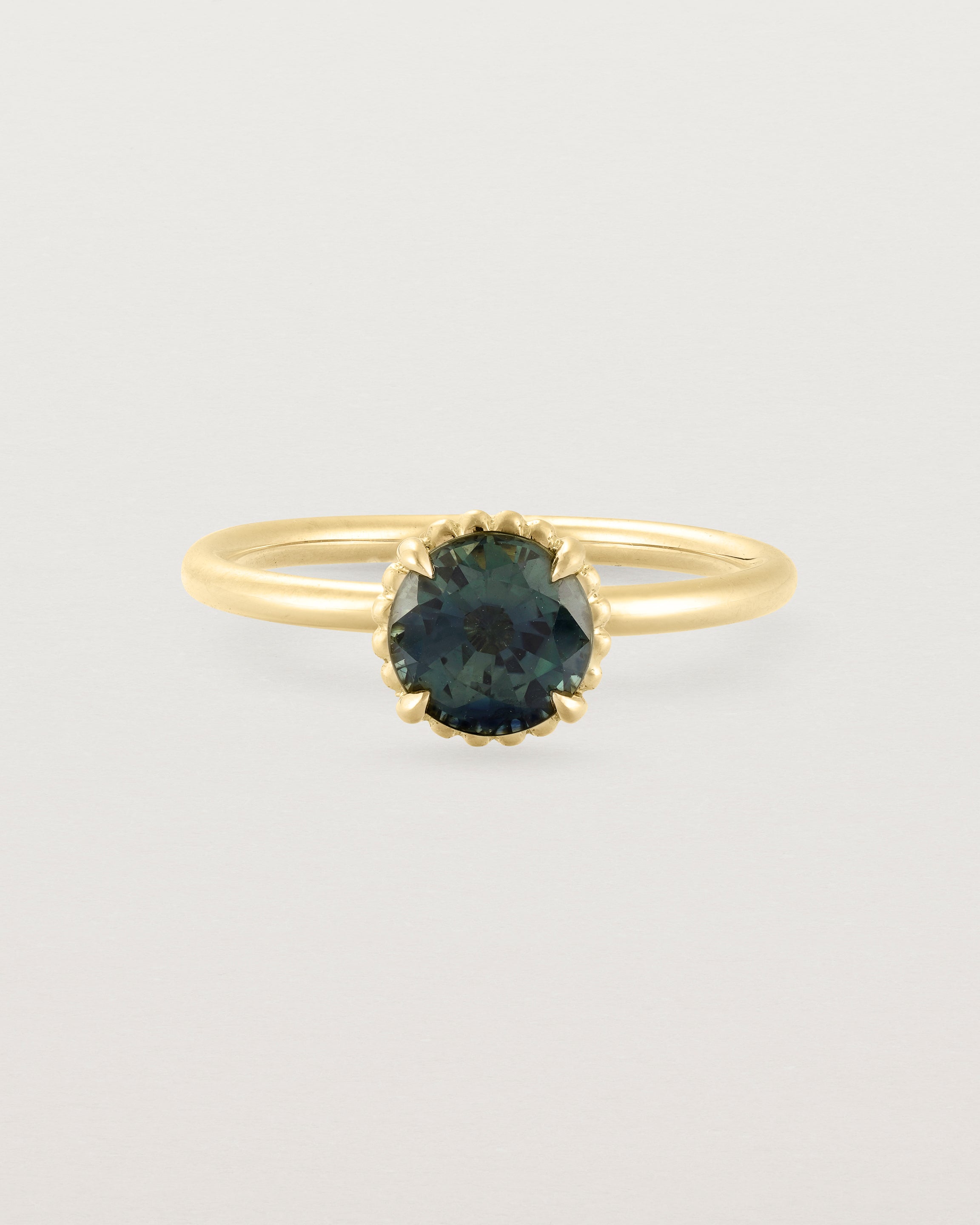
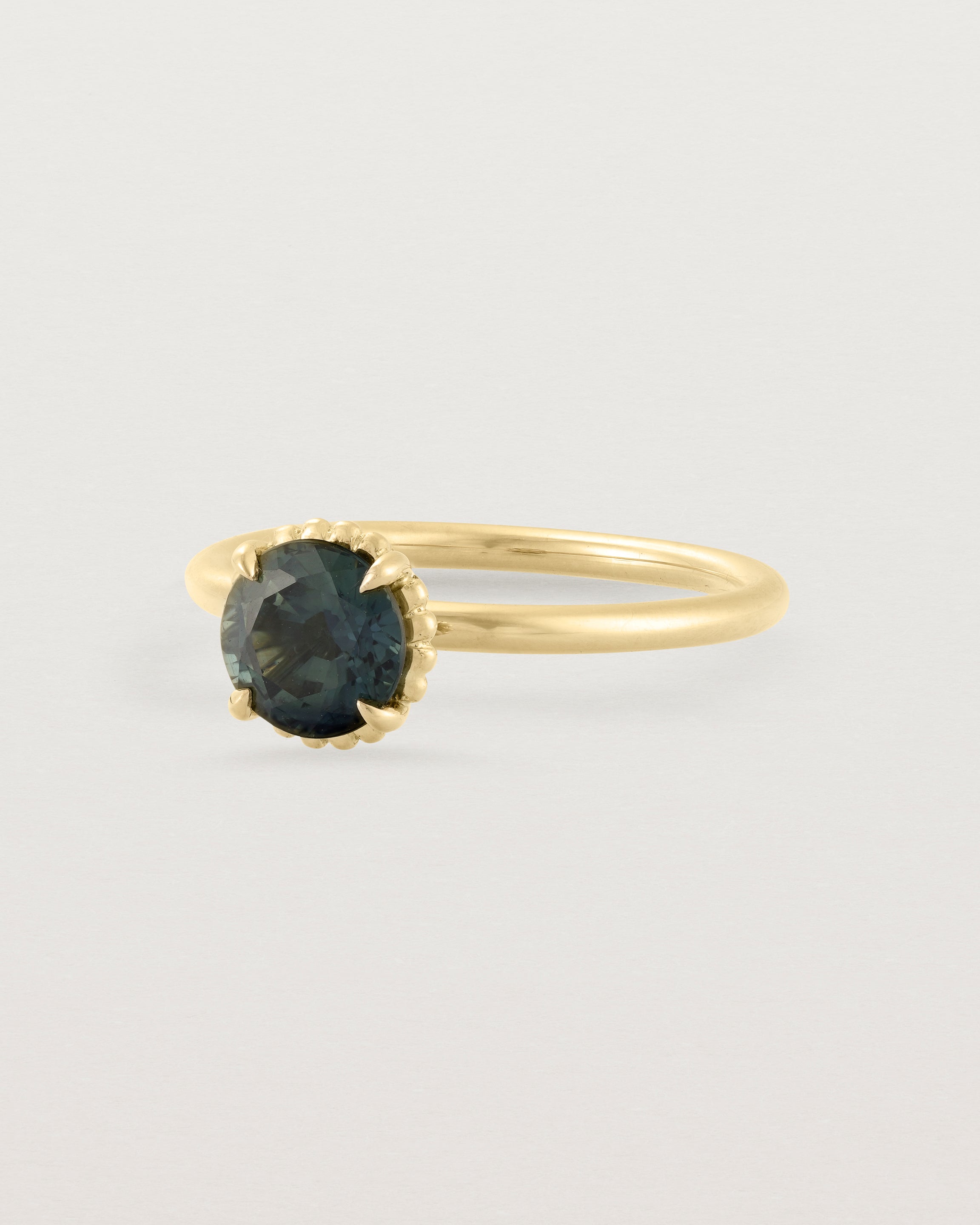
Bespoke 169
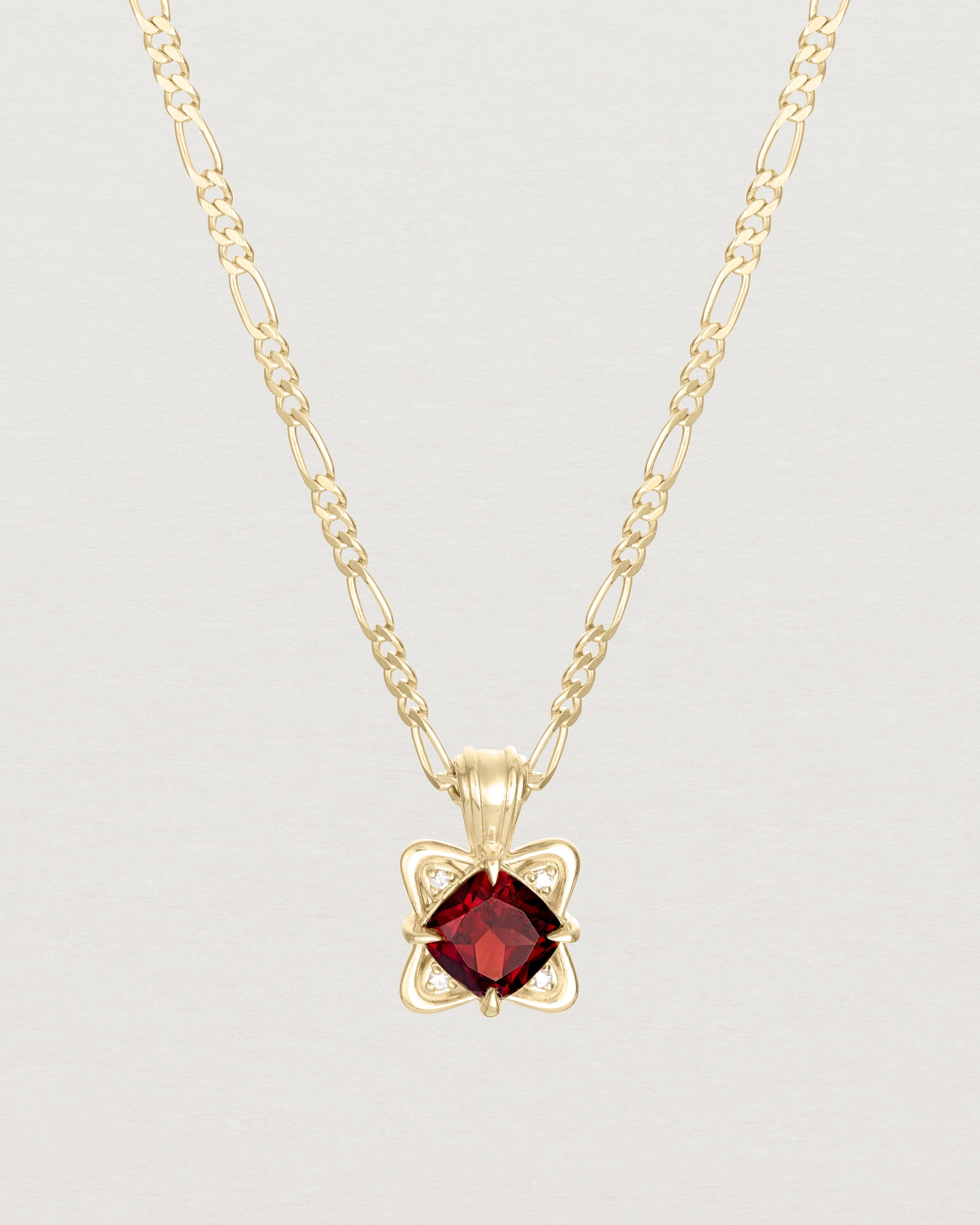
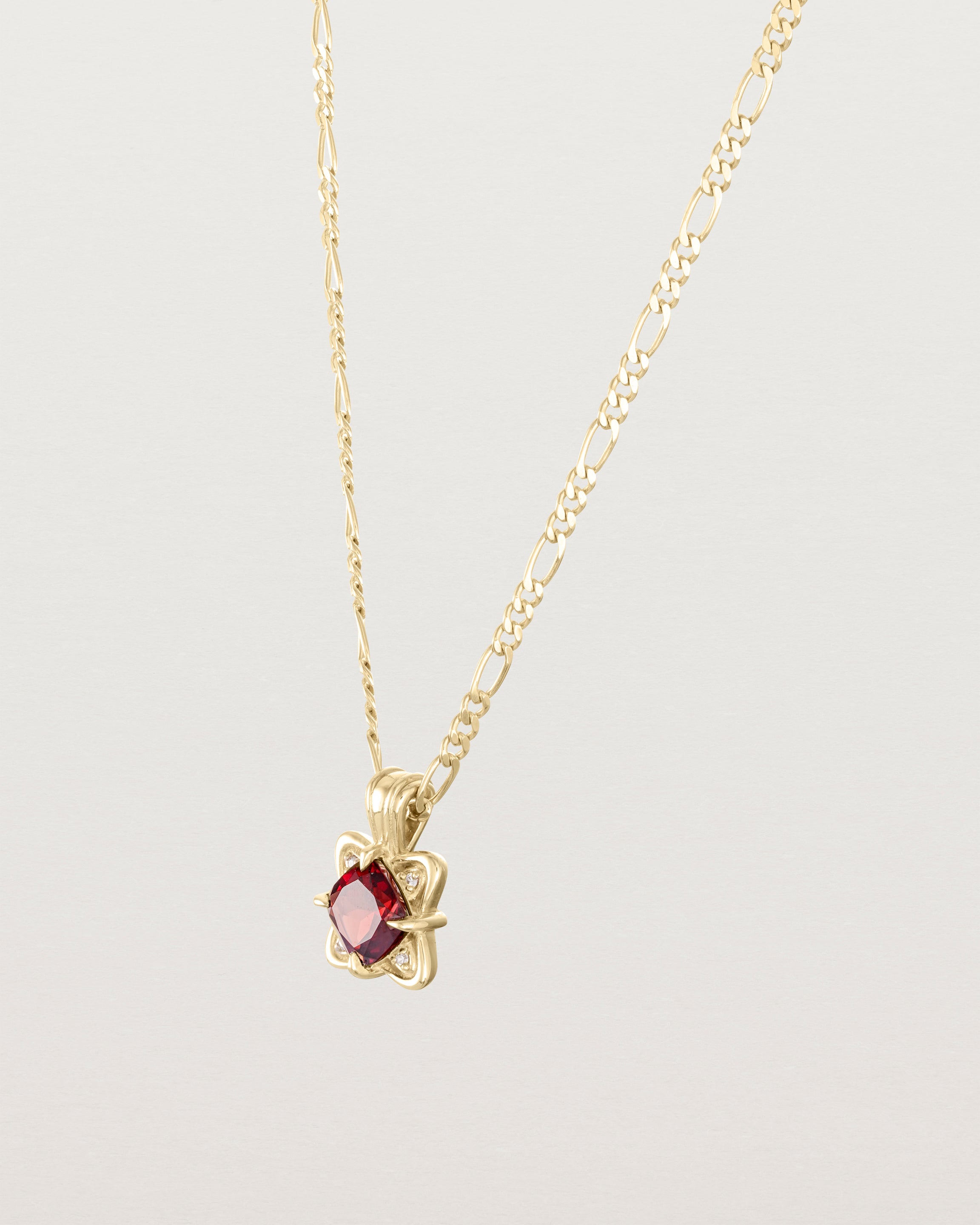
Bespoke 170
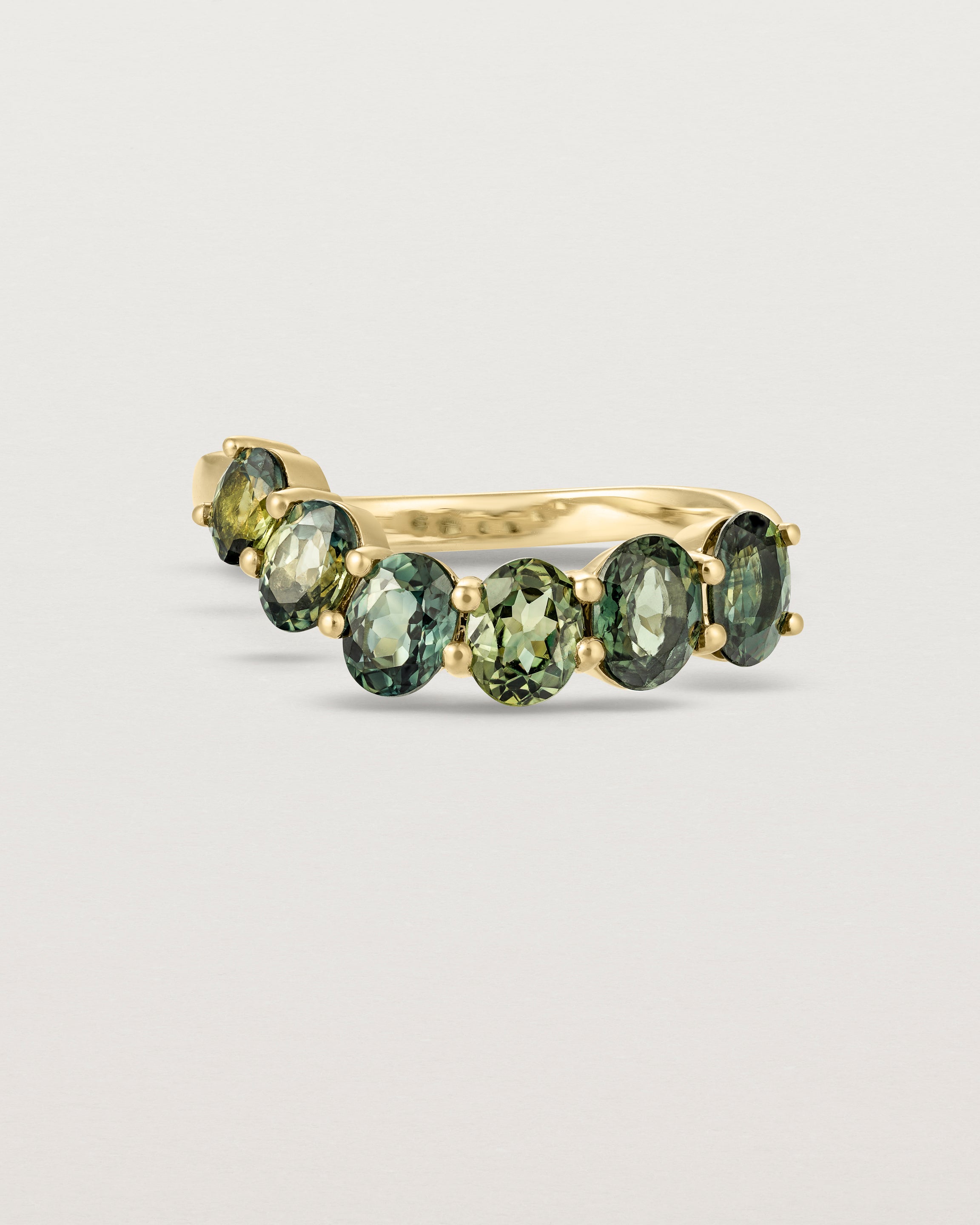
Bespoke 160
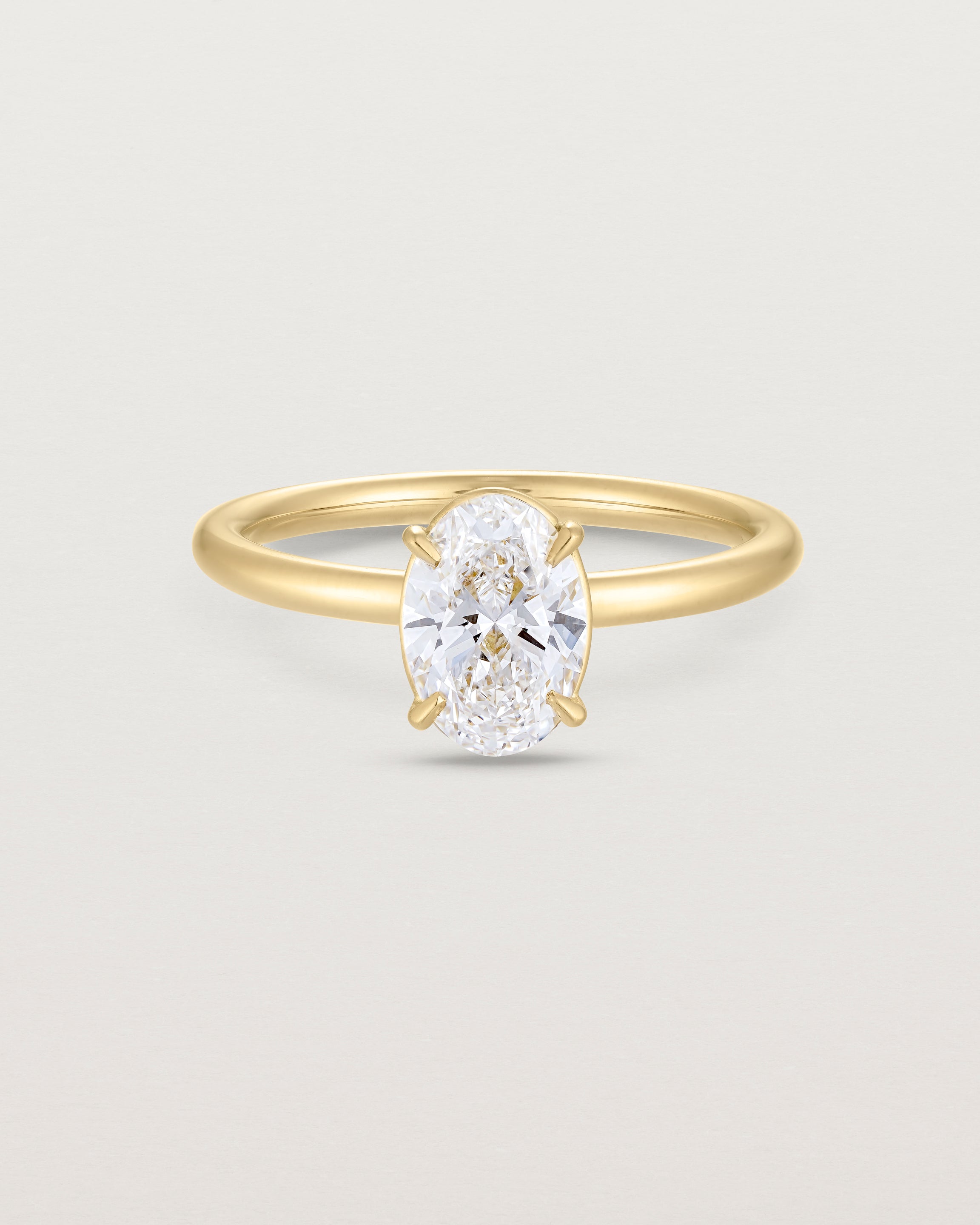
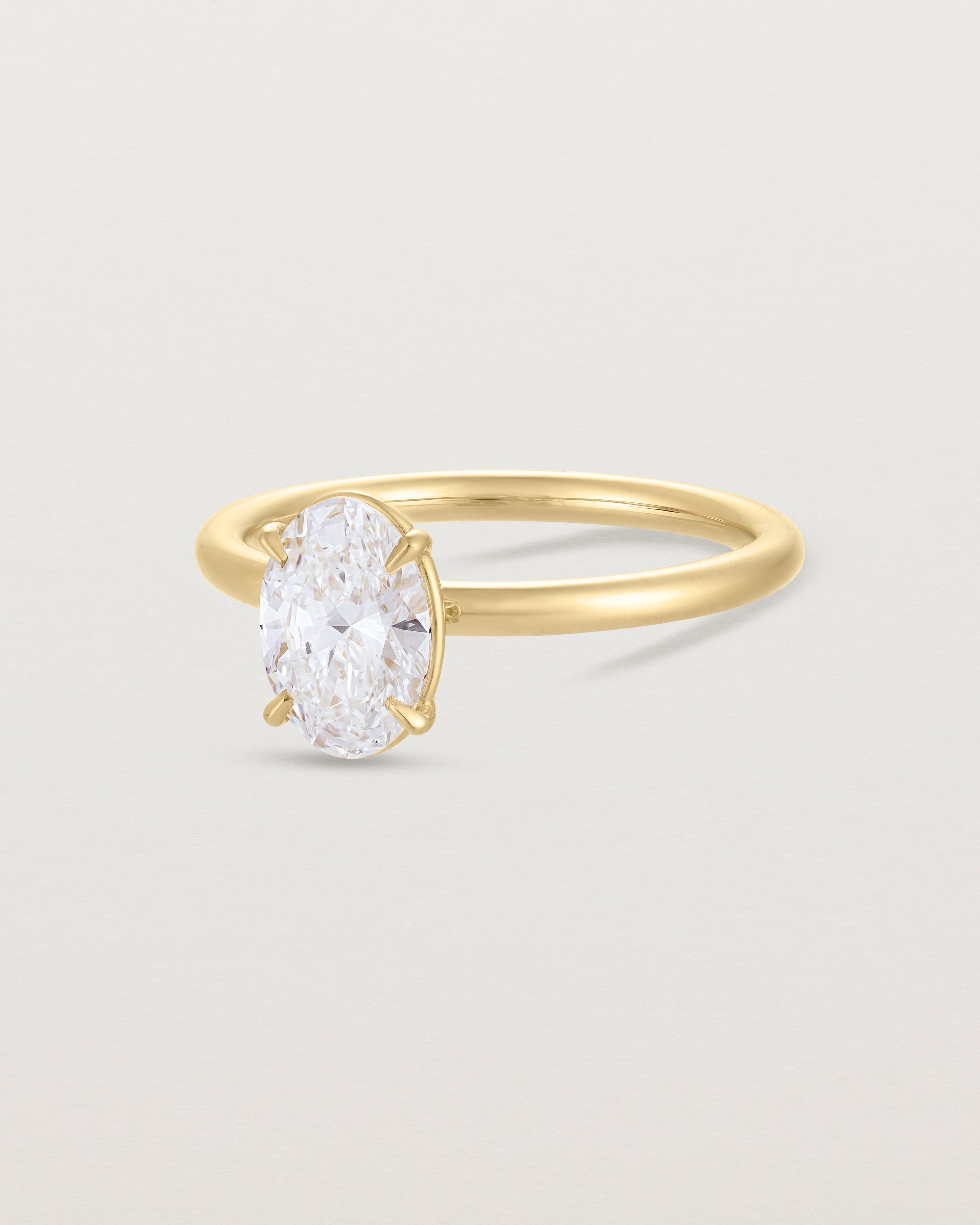
Bespoke 168
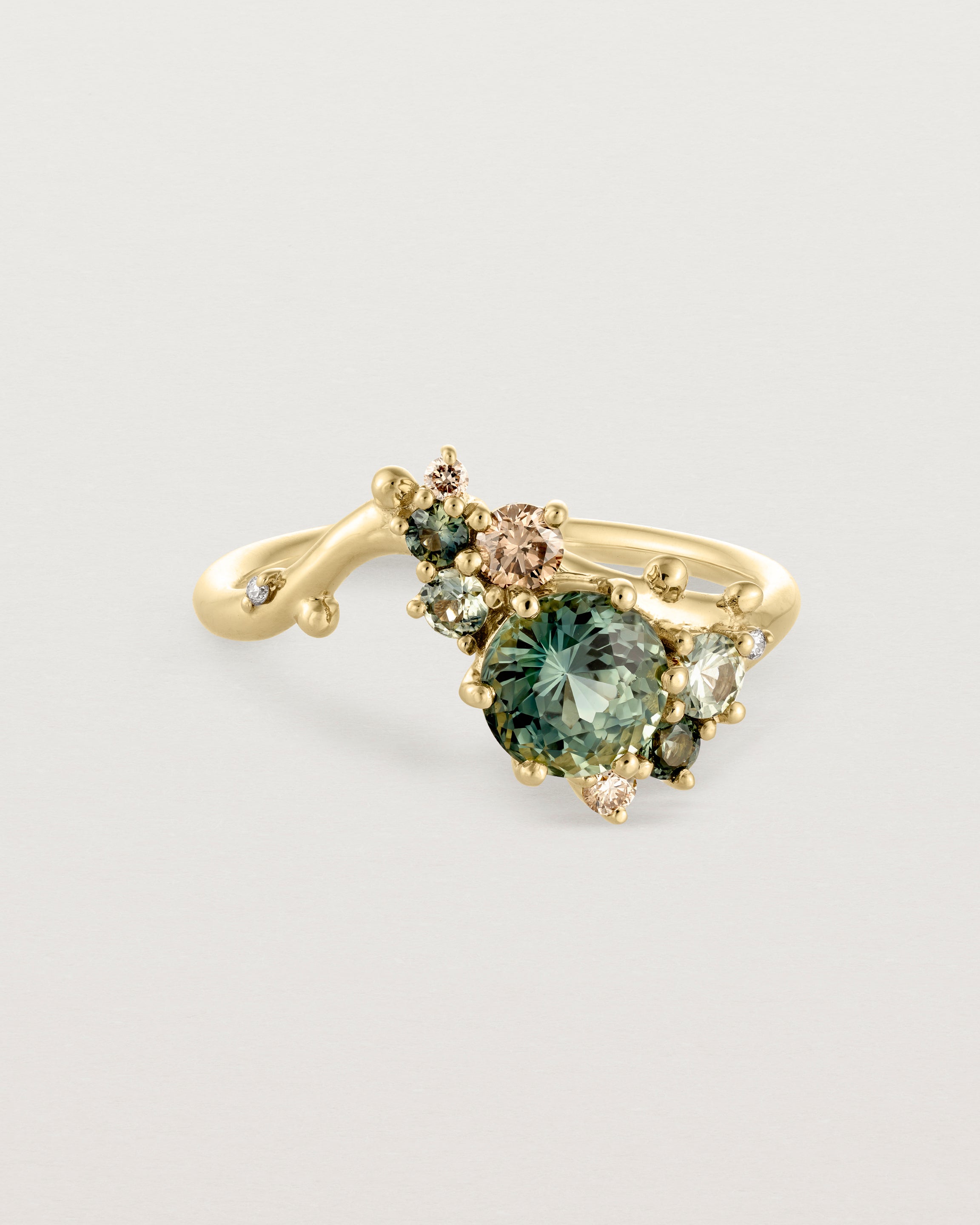
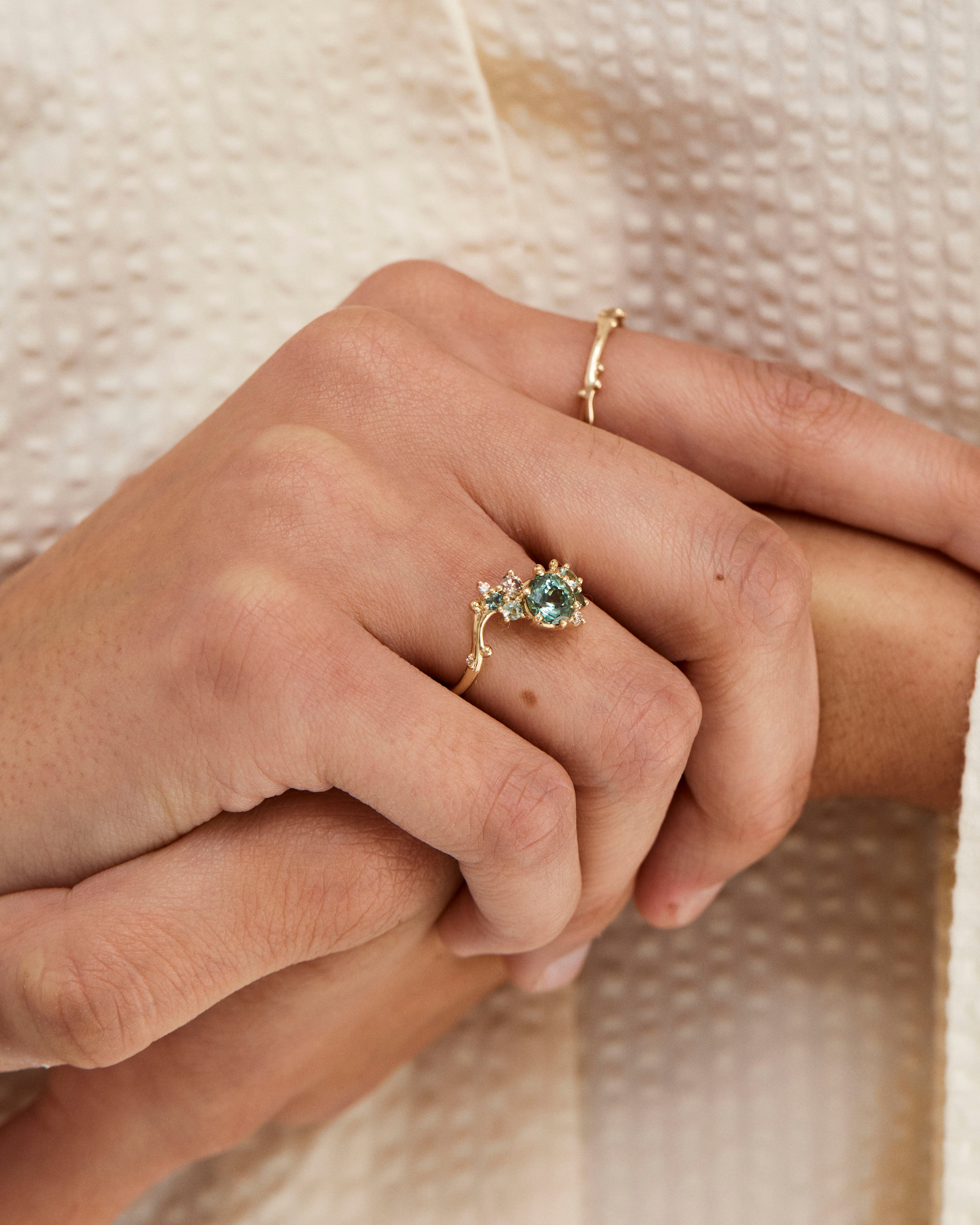
Bespoke 171
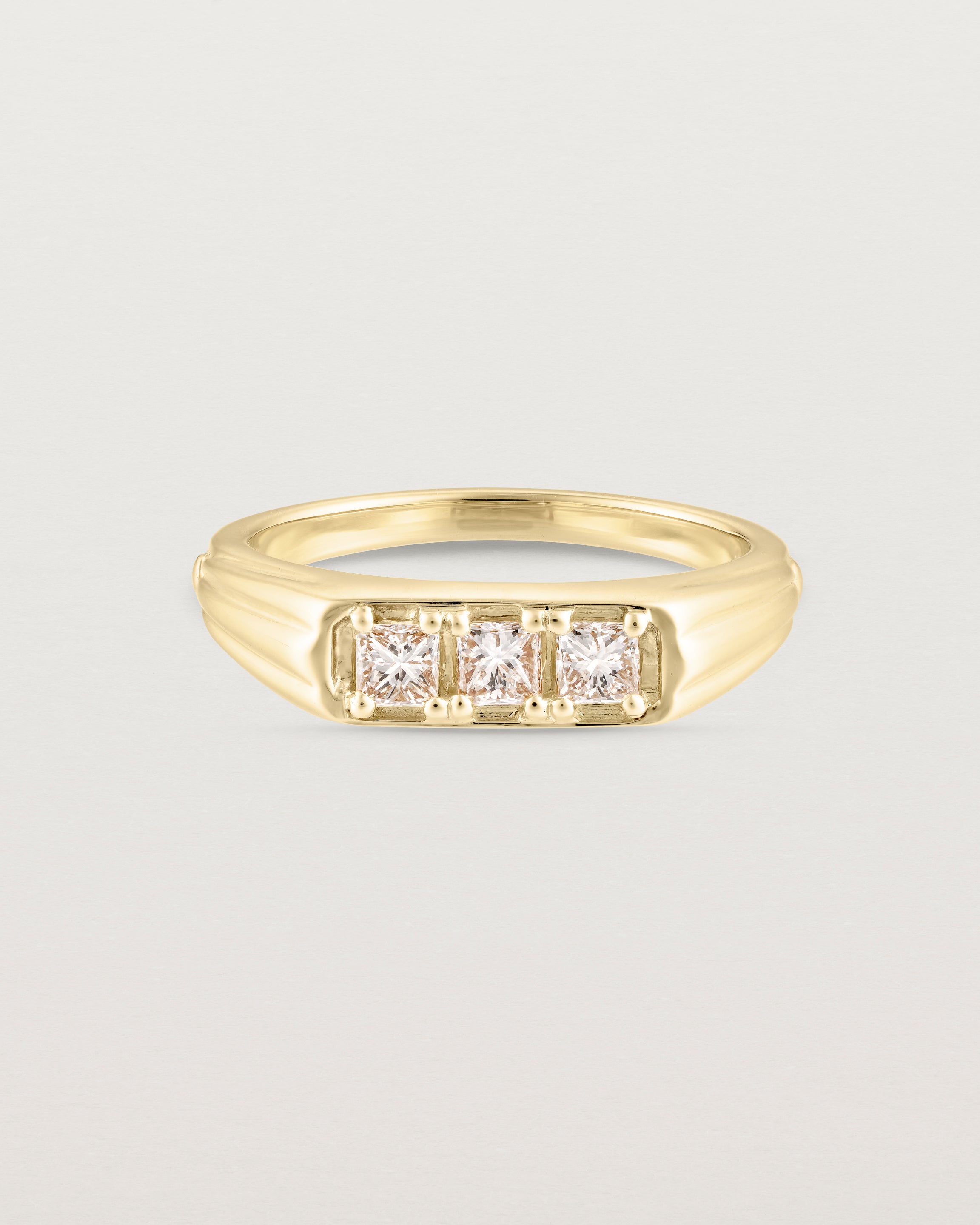
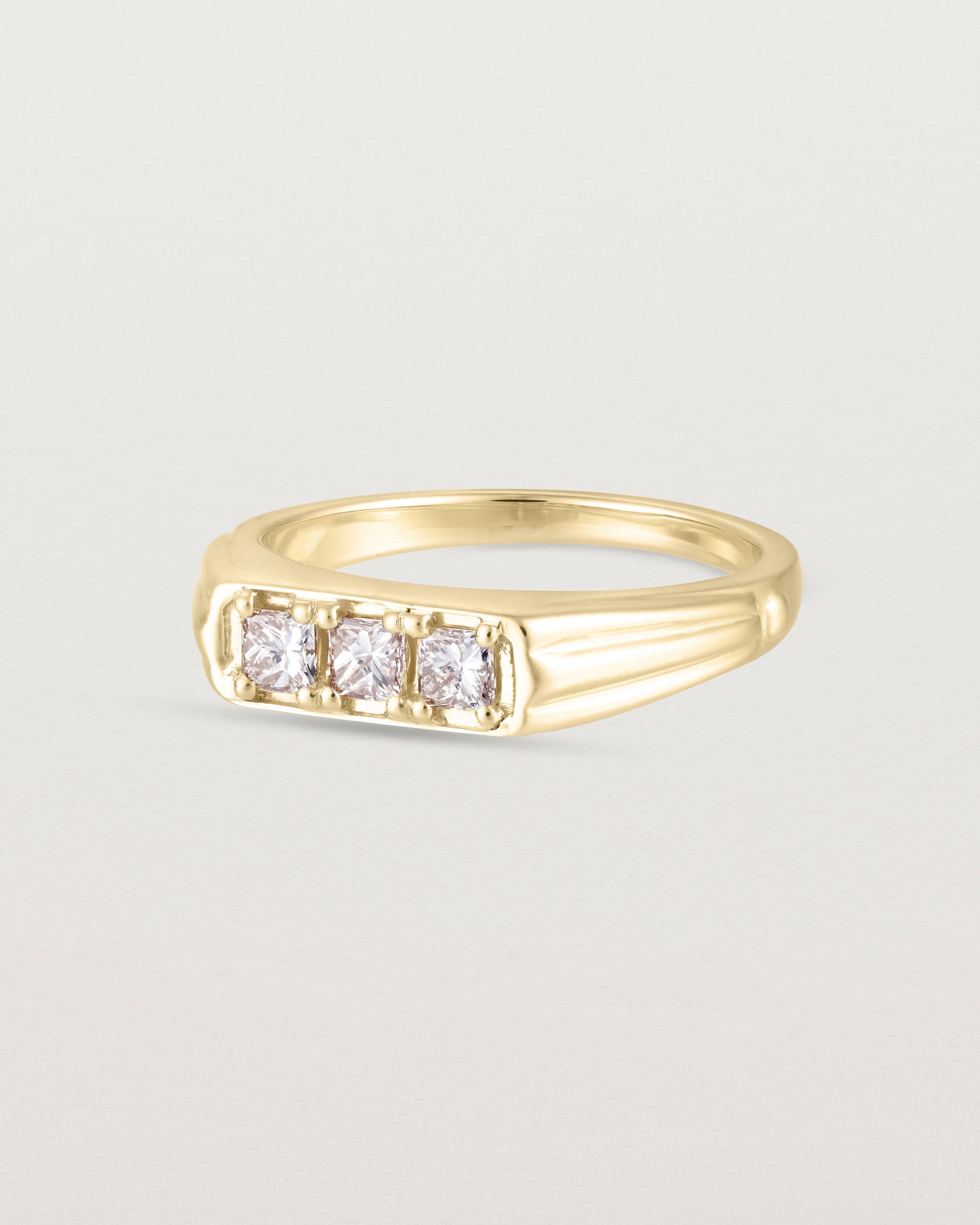
Bespoke 165
